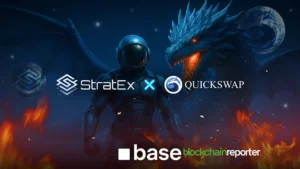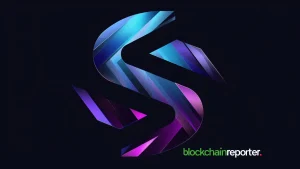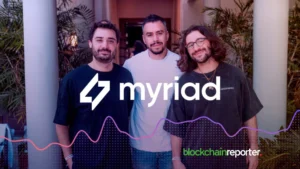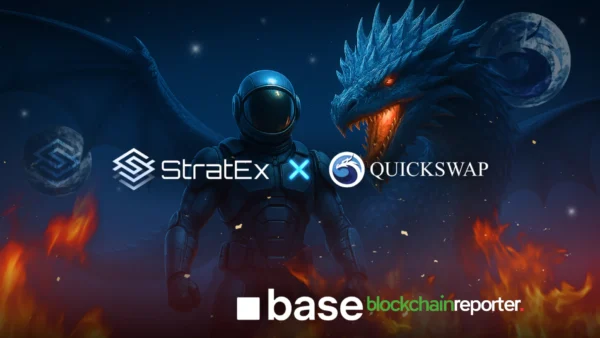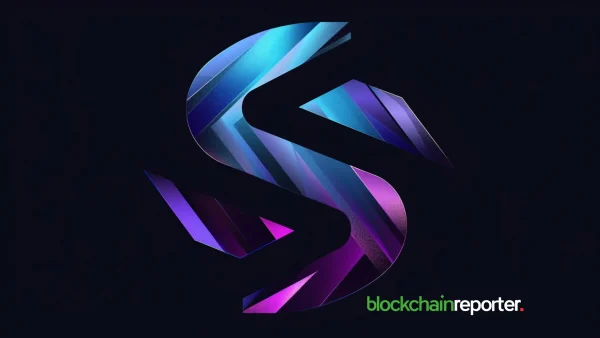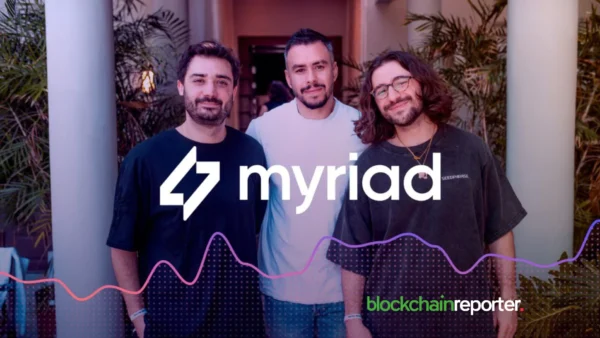
Metis, an Ethereum-focused L2 scaling solution, has recently integrated the Cross-Chain Interoperability Protocol of Chainlink. As per Metis, this collaboration targets to widen the range of dApps that the developers can develop on the platform of Metis, paving the way for exclusive opportunities concerning cross-chain functionality. The platform took to social media to provide the details of this development.
Metis Integrates CCIP of Chainlink to Let Developers Leverage Several Exclusive Use Cases
Metis mentioned on its official X account that it leverages the CCIP to permit developers to discover unique use cases. They take into account decentralized exchanges, cross-chain payments, and so on. Simultaneous to this, they can enjoy cost-effective and rapid transfers. The CCIP’s integration offers exclusive tools to the developers to develop dApps running across several blockchains.
As a result of this, the developers can leverage the scalability and flexibility. Metis intends to guide and inspire the community by sharing several likely use cases to facilitate developers. With these use cases, the developers can reportedly explore more, ranging from DeFi to NFTs as well as payment gateways.
The Reduced Gas Fees of Metis Lead to the Affordability of the Transfers, Ensuring Accessibility and Scalability
One of the use cases that Metis highlighted deals with a cross-chain borrowing and lending platform. It lets consumers borrow and lend assets across diverse blockchains. With CCIP, users can simultaneously get collateral on one blockchain as well as borrow from another blockchain. This creates a relatively more flexible and effective DeFi ecosystem. The decreased gas fees of Metis guarantee that these transfers stay affordable, ensuring the accessibility and scalability of the platform for a broad set of consumers.
Another exciting opportunity involves the establishment of a robust cross-chain NFT ecosystem. This would enable users to mint, buy, sell, and trade NFTs seamlessly across multiple blockchain networks, enhancing interoperability. By connecting various blockchains, this ecosystem would allow creators and collectors to engage in NFT transactions without being confined to a single network.
Additionally, a third option that benefits developers is the creation of a cross-chain gateway for payments. This gateway, powered by the cross-chain interoperability protocol (CCIP), would allow users and businesses to carry out payments using a wide variety of crypto assets across different blockchains. The flexibility of CCIP ensures that payments can be executed smoothly, regardless of the network, promoting broader adoption of cryptocurrencies and cross-chain interactions.
